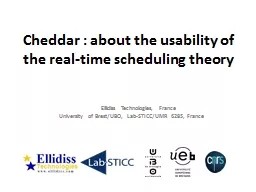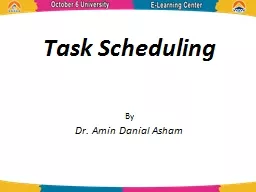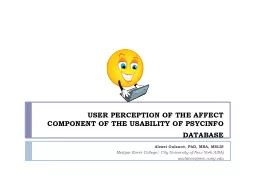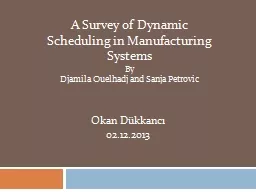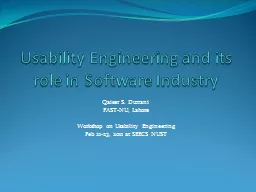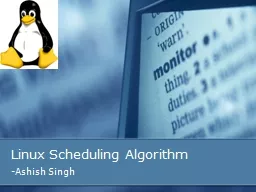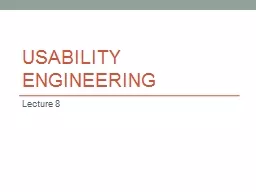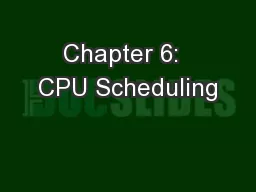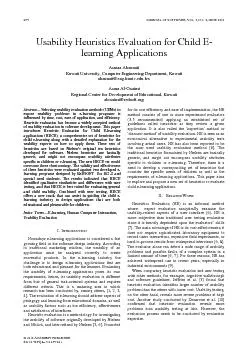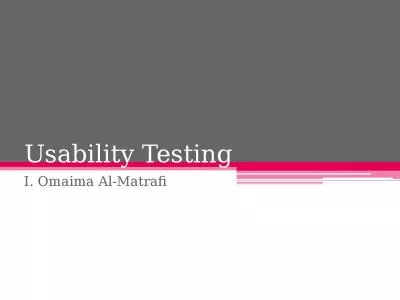PPT-Cheddar : about the usability of the real-time scheduling t
Author : alida-meadow | Published Date : 2016-03-01
Ellidiss Technologies France University of BrestUBO LabSTICCUMR 6285 France 2 18 Talk overview Cheddar project context and motivations Research Roadmap 3
Presentation Embed Code
Download Presentation
Download Presentation The PPT/PDF document "Cheddar : about the usability of the rea..." is the property of its rightful owner. Permission is granted to download and print the materials on this website for personal, non-commercial use only, and to display it on your personal computer provided you do not modify the materials and that you retain all copyright notices contained in the materials. By downloading content from our website, you accept the terms of this agreement.
Cheddar : about the usability of the real-time scheduling t: Transcript
Download Rules Of Document
"Cheddar : about the usability of the real-time scheduling t"The content belongs to its owner. You may download and print it for personal use, without modification, and keep all copyright notices. By downloading, you agree to these terms.
Related Documents

